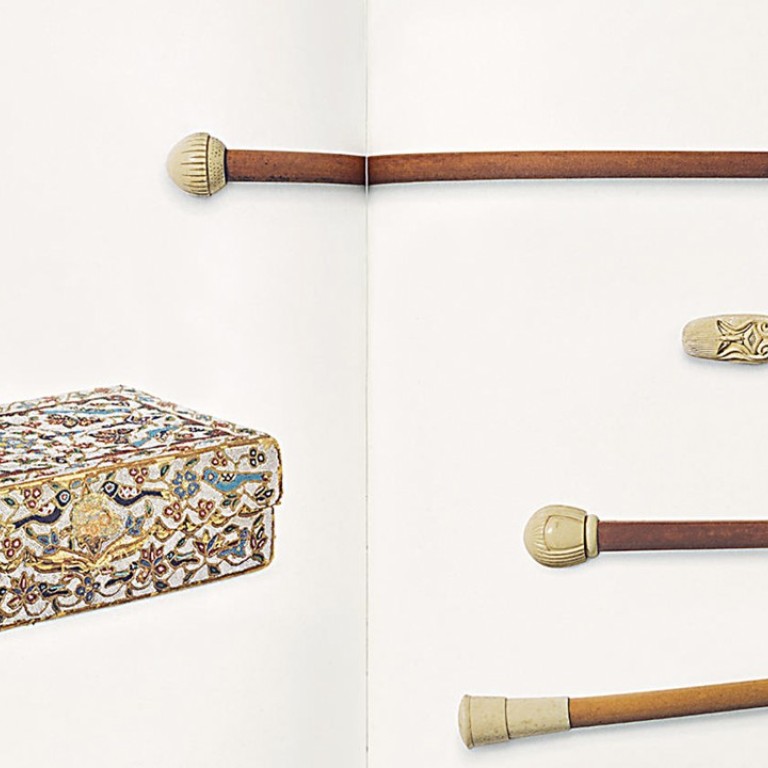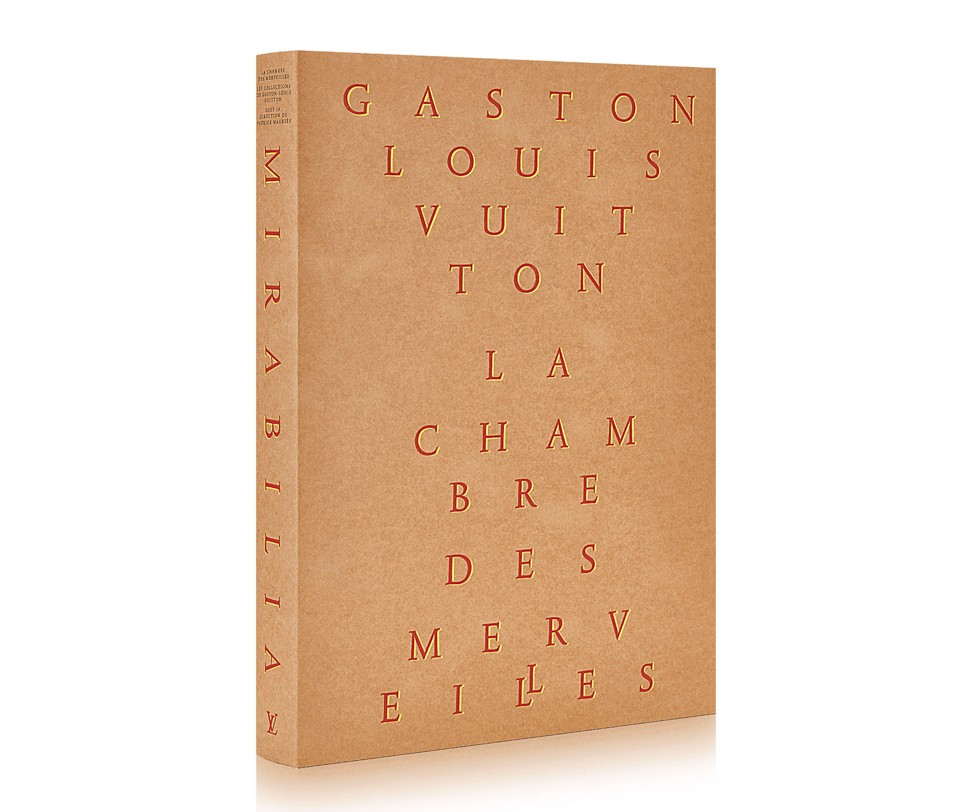
Louis Vuitton heir’s time capsule of weirdness explored in new book that catalogues fashion icon’s bizarre collection of objets
From vintage handsaws and Japanese sword guards to board games and toiletry boxes, years of obsessive collecting by the grandson of Louis Vuitton are catalogued in Cabinet of Wonders: The Gaston-Louis Vuitton Collection
When Gaston-Louis Vuitton died, the contents of his office were packed up, stored away, and eventually forgotten.
Vuitton (1883-1970), the grandchild of the luxury trunk maker Louis Vuitton, ran the eponymous company for more than 50 years and was “the aesthete of the family”, says Patrick Mauriès, a French writer and historian. Over time, as the head of a company that made suitcases, he amassed “a bizarre assemblage of objects related to travel, which he kept in his home and his office,” Mauriès, said. “It was sort of a mess – it was stacked by the door, around his desk, and so on.”
Louis Vuitton exhibition: trunks for the memories
The collection included board games (Jeu de Paris, a French version of Snakes and Ladders), 19th century carpet bags, and more than 800 tsubas, a Japanese sword guard that is often composed of an ornate piece of metal that delineates the sword’s edge and its handle.
Because his heirs chose to store it away rather than sift through it, the collection – left untouched for decades – became a sort of time capsule from one of the company’s most vital, creative periods. Now, the company, which at this point is owned by a luxury goods conglomerate controlled by Bernard Arnault, has “rediscovered” Gaston Vuitton’s collection and catalogued all in a new book, Cabinet of Wonders: The Gaston-Louis Vuitton Collection, edited by Mauriès. (The book will be available for purchase on September 17)

For those less interested in a luxury chain’s brand identity, the book still has value. Page after page of Gaston’s collection – much of which is of negligible monetary value – reveals a cross-section of the aesthetic and material concerns of a highly cultured European, the likes of which are rarely seen in such comprehensive, unsparing detail.
Milan’s Fondazione Prada: art with serious style
“Gaston’s taste was bound to a certain period,” Mauriès said. “For the first half of the 20th century, you have these collectors who were interested in the artisanal component of creation.” At the time, he said, “the collection didn’t seem that remarkable, but now people are beginning to see that even if the objects seem a little dated, they have a coherence, and they’re worth showing as a whole.”
As the first male heir of the third generation of the family, Vuitton was destined to work at the company, but he developed a broad range of hobbies: designing furniture, sketching landscapes, and taking photographs. He also began to collect art, ranging from African masks to Art Deco crystal, and he was a prolific reader, dazzled by the fiction of writers such as J.K. Huysmans.

People are beginning to see that even if the objects seem a little dated, they have a coherence, and they’re worth showing as a whole
He was, though, first and foremost a prosperous merchant, and his extracurricular passions invariably found their way into day-to-day-commerce. His membership in the Société des Artistes Indépendantes led to collaborations with lesser-known artists. André Ballet, best known for his book plates, designed crystal bottles for Vuitton; Roger Foy, brother of the illustrator André Foy, carved African-inspired ivory knobs for Vuitton walking sticks; and Gaston Le Bourgeois, best known as an Art Deco sculptor, painted panels for Vuitton’s London store.
It was in his store’s window displays that Vuitton’s collection really came in handy. Over the decades, he collected hundreds of trunks – everything from massive steel cases to tiny, 16th century embossed metal and red silk boxes from Switzerland. A lovely, early 17th century leather trunk Vuitton bought in 1922, for instance, was “one of the most exhibited items in the collection,” appearing multiple times in the windows of the Vuitton store on Paris’s Champs-Élysées and in the windows of Saks Fifth Avenue in New York.

There are also delights: A spread in the book highlights some of the magnificent covers of L’Oeil, the influential art magazine run by Georges and Rosamond Bernier. Elsewhere are fabulous nécessaires, or toiletry boxes, including a stunning 60-piece set from around 1815, which contains silver, crystal, and mother-of-pearl accessories.
It’s an esoteric, oddly personal collection of objects, one that evinces the hobbies and preferences of Vuitton better than any hagiography ever could. “You can’t see this collection in person, just in the book,” Mauriès said. “It’s about a very specific kind of taste.”

